LED Light Bulb (Dollar Tree)
This post contains affiliate links.
I remember when LED bulbs first came out in the late 2000s. At the time, old school incandescent bulbs were being phased out by government regulations, and companies were looking for more efficient substitutes. The two big contenders at the time were compact fluorescent lights (CFLs) and light emitting diode (LED) lights. At the time, CFLs enjoyed a huge advantage in price: where a single LED might cost $30, a single CFL might cost $3-$5.
What a difference time makes. I remember being thrilled in the 2010s to get an LED for under $10, but today you can get them for a lot less than that. LEDs now are readily available for a couple of dollars each. (One of the best deals I found on LED bulbs was at, of all places, Aldi.) CFLs — which shatter more easily, don’t last as long, and contain mercury — have mostly been crowded out of the market. Once the prices are the same, CFLs just can’t compete.
You can find LED bulbs in a lot of places, including hardware stores and big box stores. I was surprised to learn that I could also get LED bulbs from, of all places, Dollar Tree.
At the time of this post, everything in Dollar Tree is now $1.25. That includes these LED bulbs. In my experience, that’s a solid price, especially considering that you can get just one at a time. In many cases, you have to buy multiple bulbs to get a price per bulb like this, so having the flexibility to pick up just one bulb is a big plus.
All of the bulbs use an A19 base (the standard light bulb base) and take 120 volts (also standard). One downside is that these are non-dimmable, so you can’t use them with dimmer switches — I find that to be common with budget LED bulbs, though.
At my store, I was able to find three different kinds: 40W equivalent, 60W equivalent, and 100W equivalent. This is quite a boon for me, since I often have to go to a hardware store or big box store to find anything outside of a 60W equivalent. I personally use all three: I use 40W equivalent in many lamps, 60W in many of my ceiling fixtures, and 100W in parts of my basement. What you’ll use will depend on your fixture, but it is nice to have access to all three.
All three bulbs that I got were “soft white.” Also known as “warm white,” these have more of a yellow glow like incandescent lights, as opposed to the cold white light of some bulbs. Whether you like this or not will depend on your preferences.
The bulbs are made by Yamao, a Chinese-based lighting manufacturer that sells light bulbs in a number of retailers, including Amazon. The bulbs, as you would expect, are made in China.
All three bulbs appear to work as intended. I tried the 40W version in a lamp, the 60W version in a ceiling fixture, and the 100W version in my basement. All turn on quickly, and all put out light like they’re supposed to. I also noted that all three bulbs are pretty light; in a couple of cases, they weighed less than the bulb I was replacing.
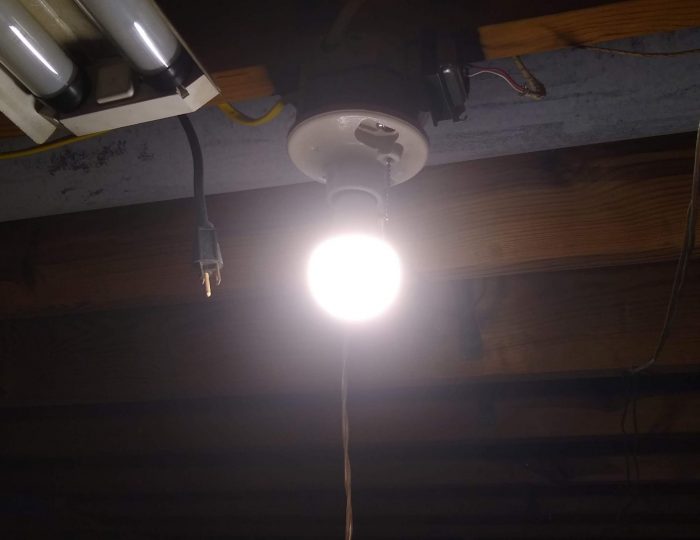
LED bulbs are supposed to last for a long time. These claim “22.8 years.” In my experience, LED life span varies widely, even with bulbs I don’t use a lot. Sometimes they last for a long time, and sometimes they die out. And brand names don’t necessarily outlast generics. For that reason, I’ll be curious to see how these last over time.
The Verdict:
Dollar Tree is a surprising but appreciated choice for inexpensive LED bulbs. The extreme discounter has bulbs in multiple wattages, and the bulbs are lightweight and appear to work as designed. Time will tell on longevity, but it’s nice knowing that I can get single LED bulbs for $1.25.

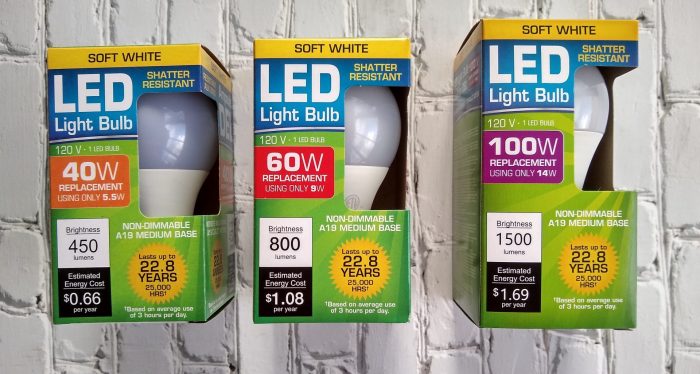

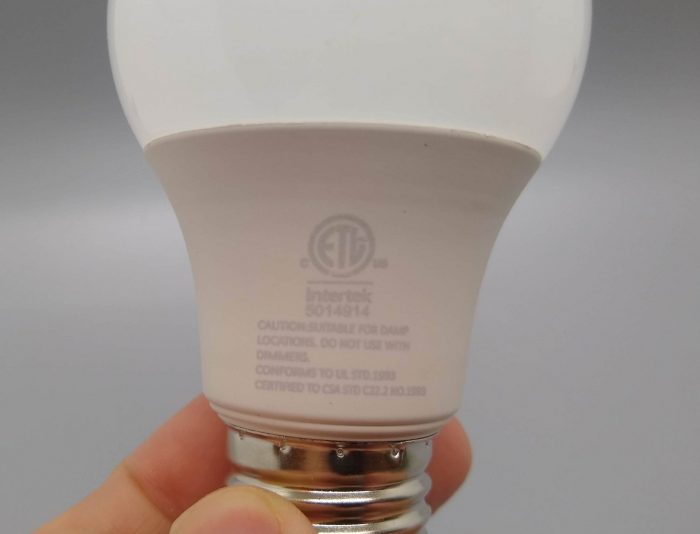

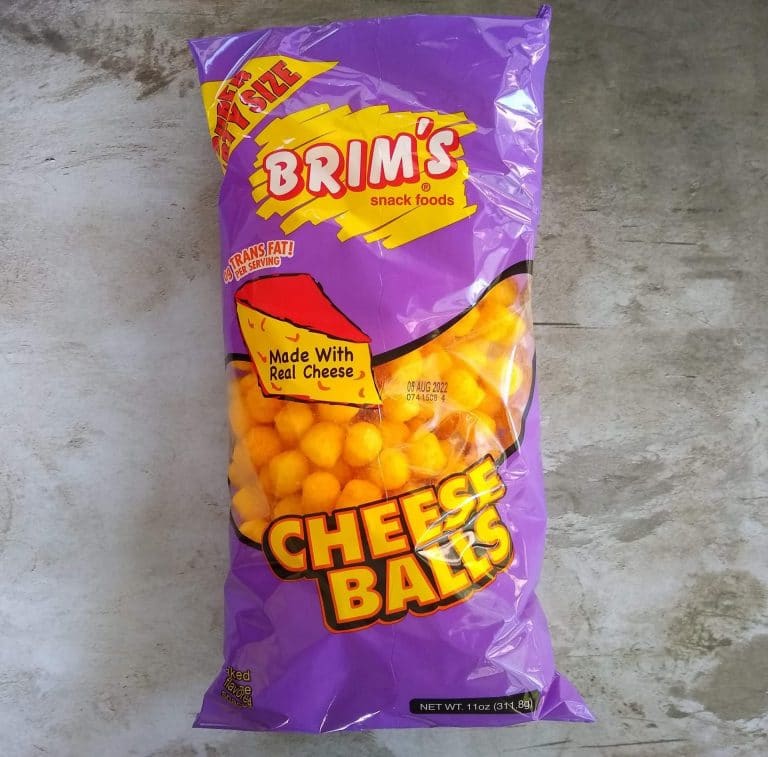


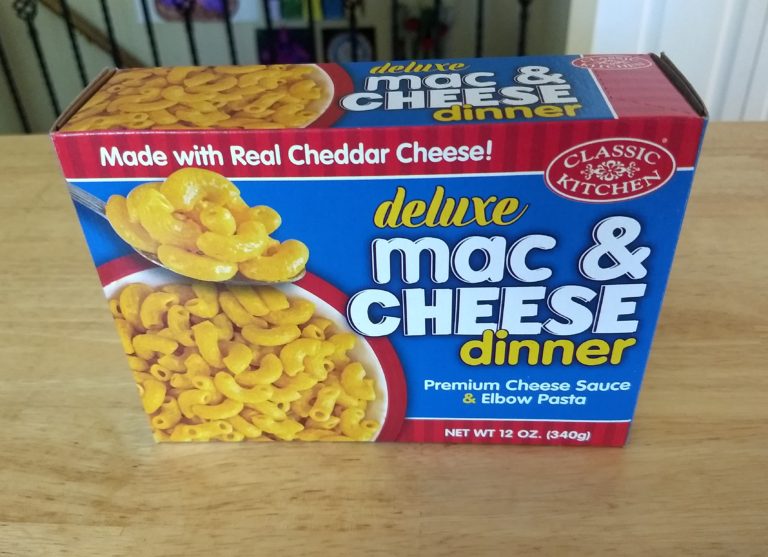
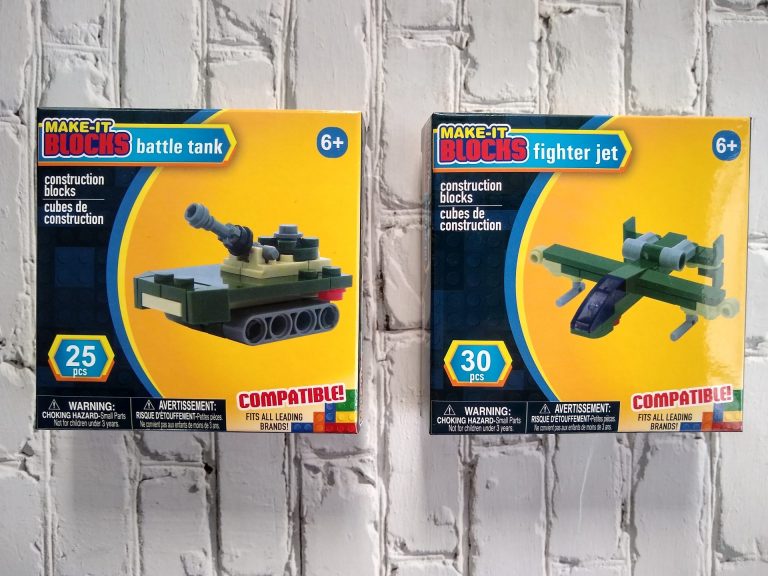
So now it has been over a year, how have these bulbs done? Are they still working? I bought one just a few weeks ago to test it out. It seems fine so far. But I am not in that room often
Ours have done fine for the past year!